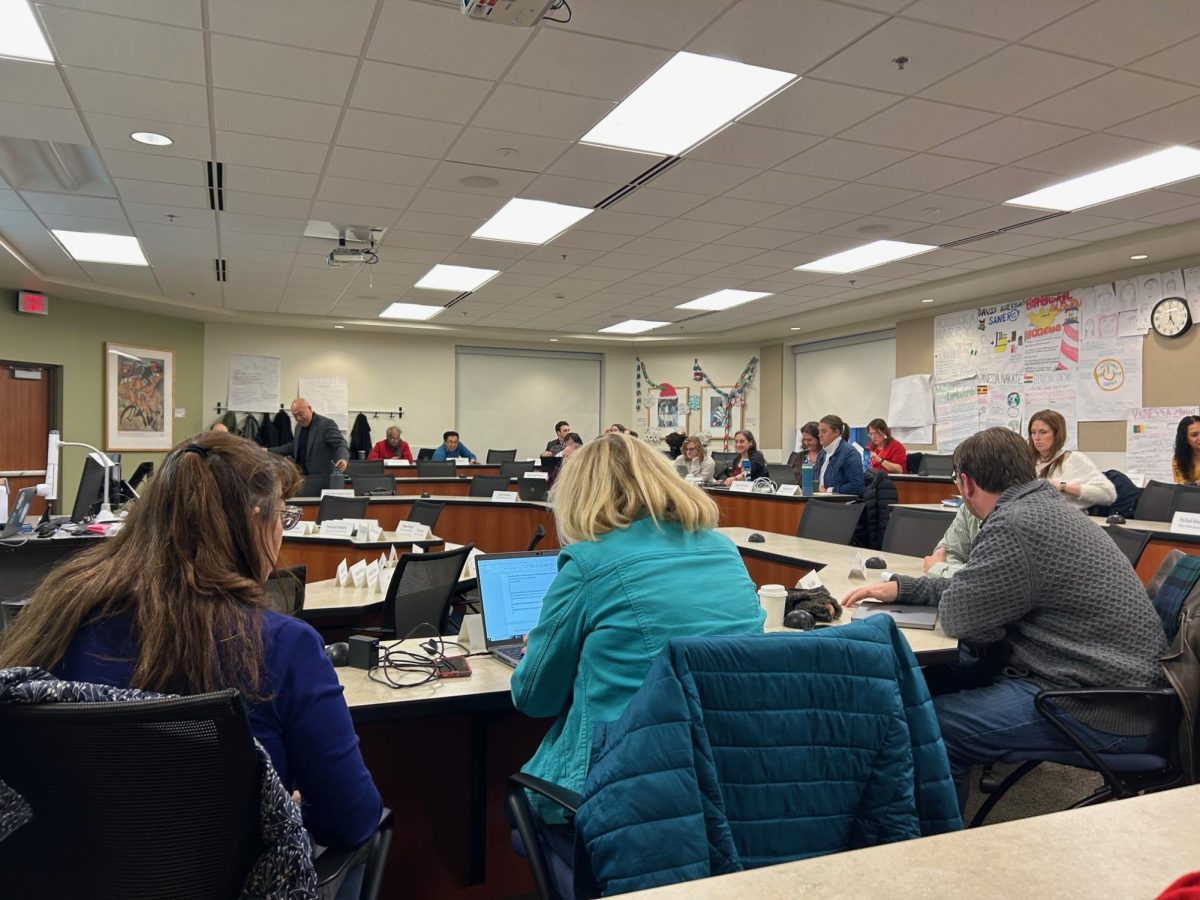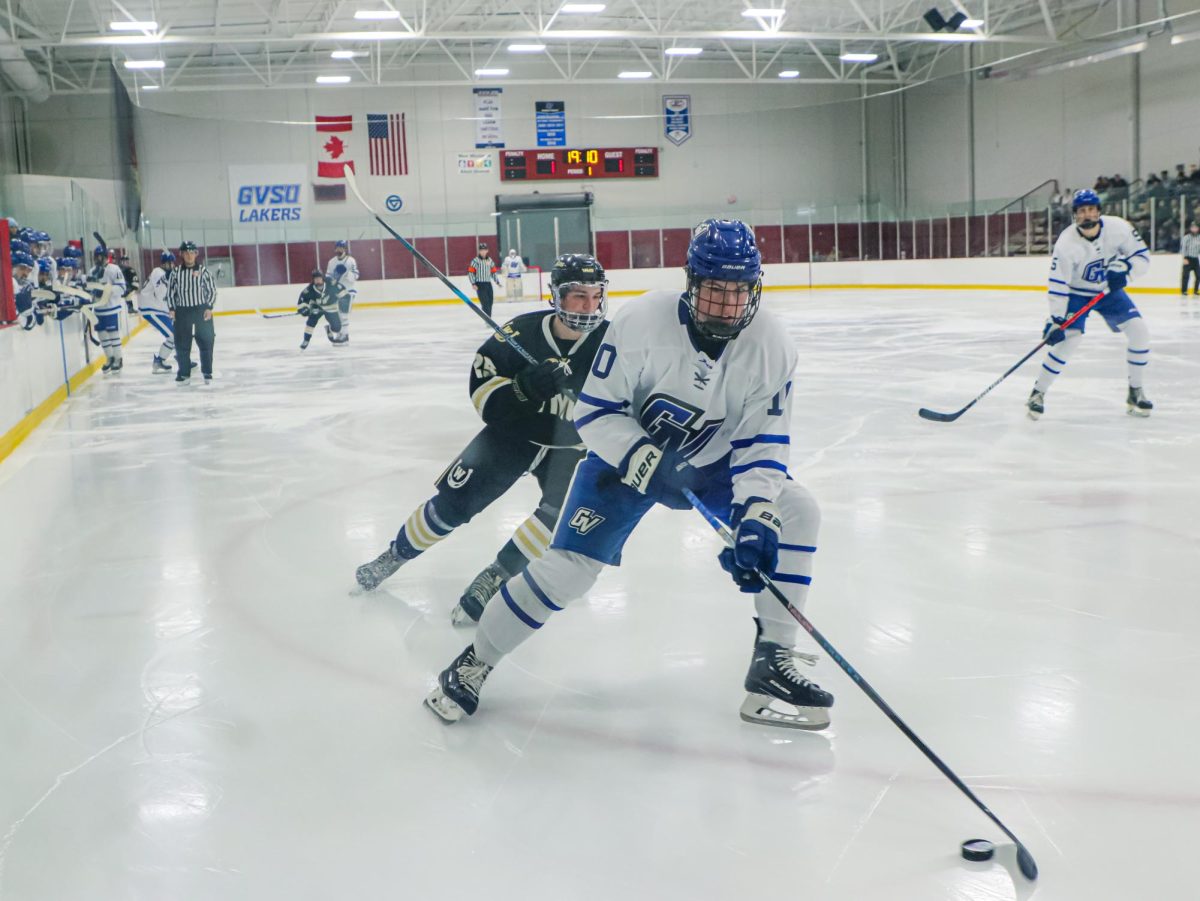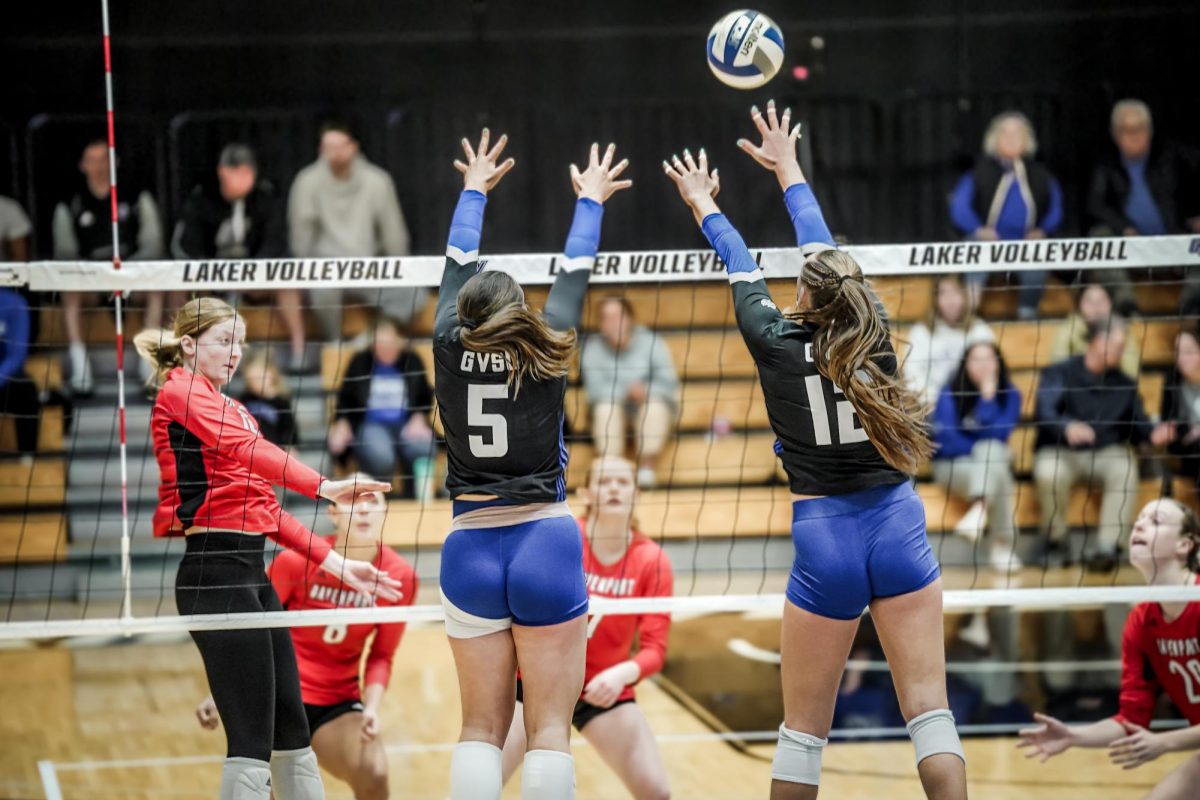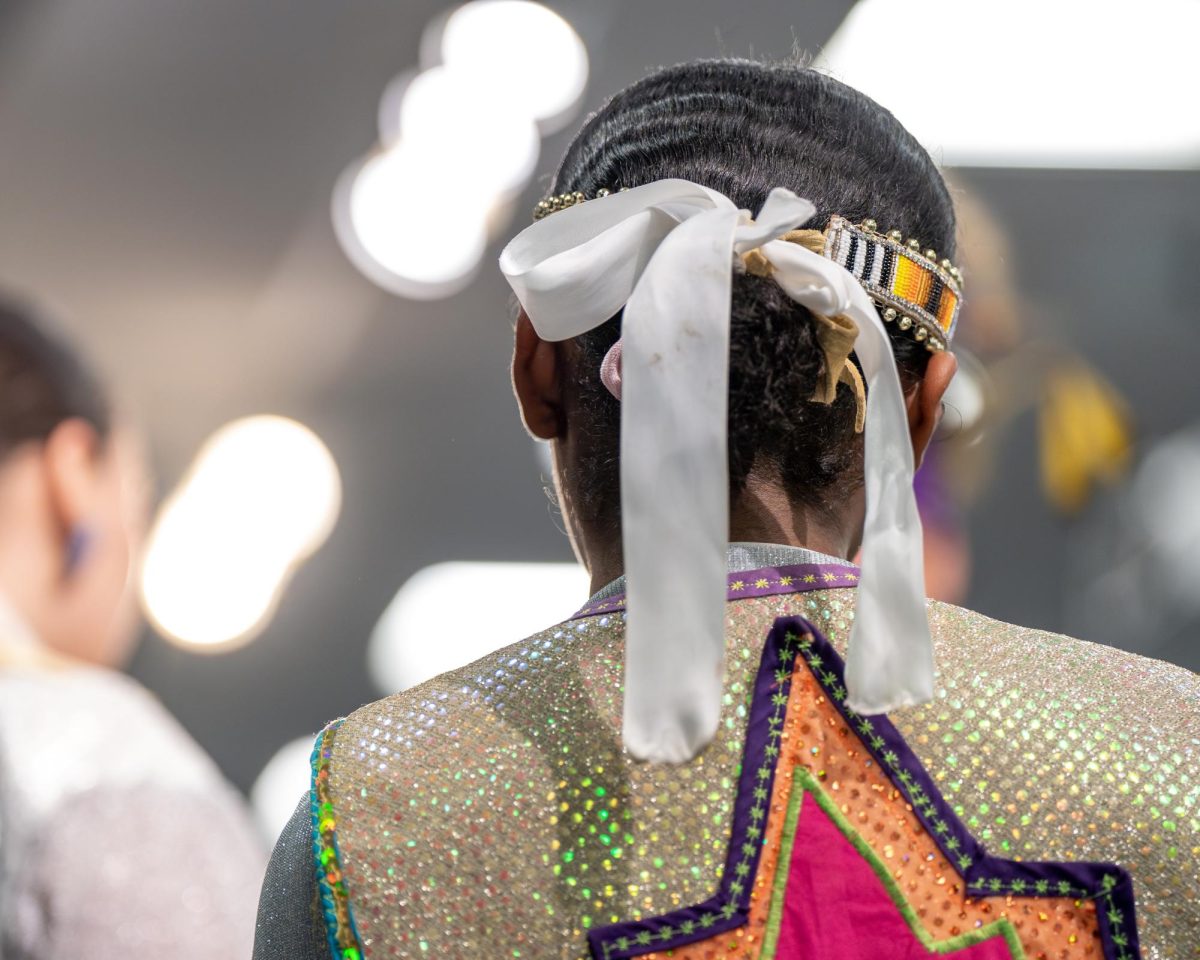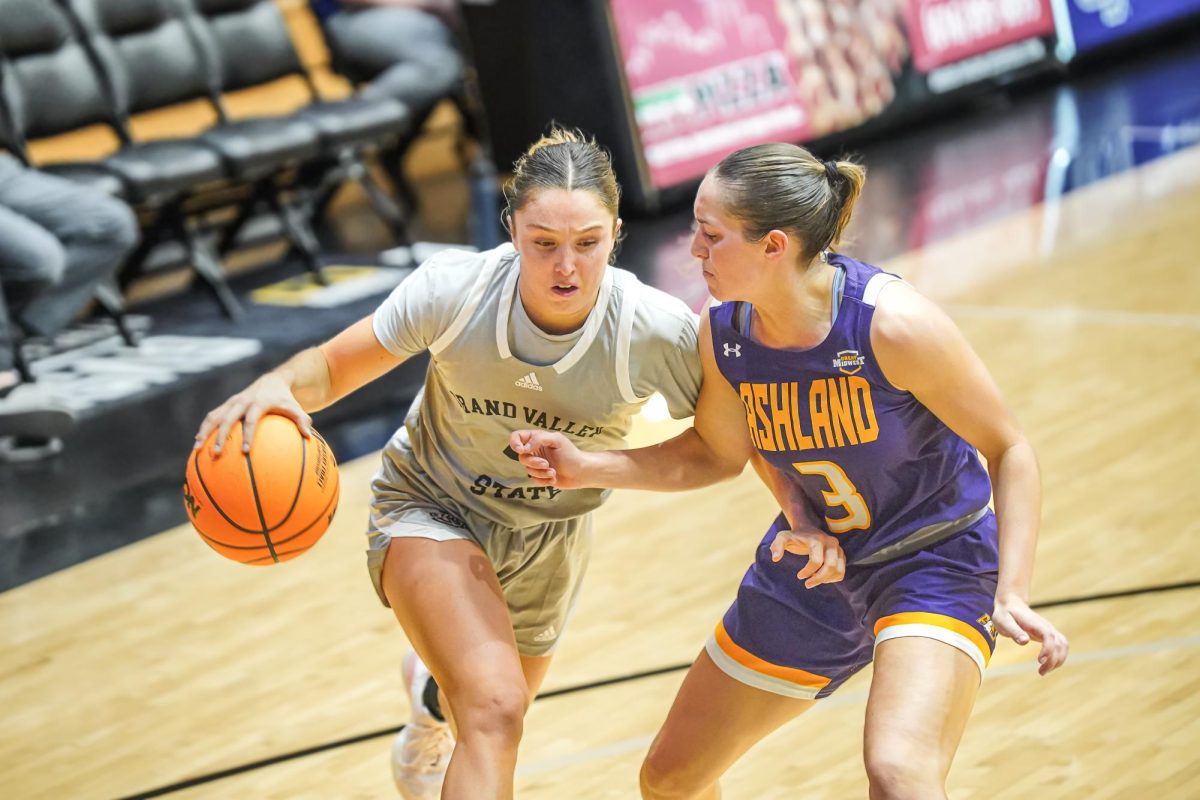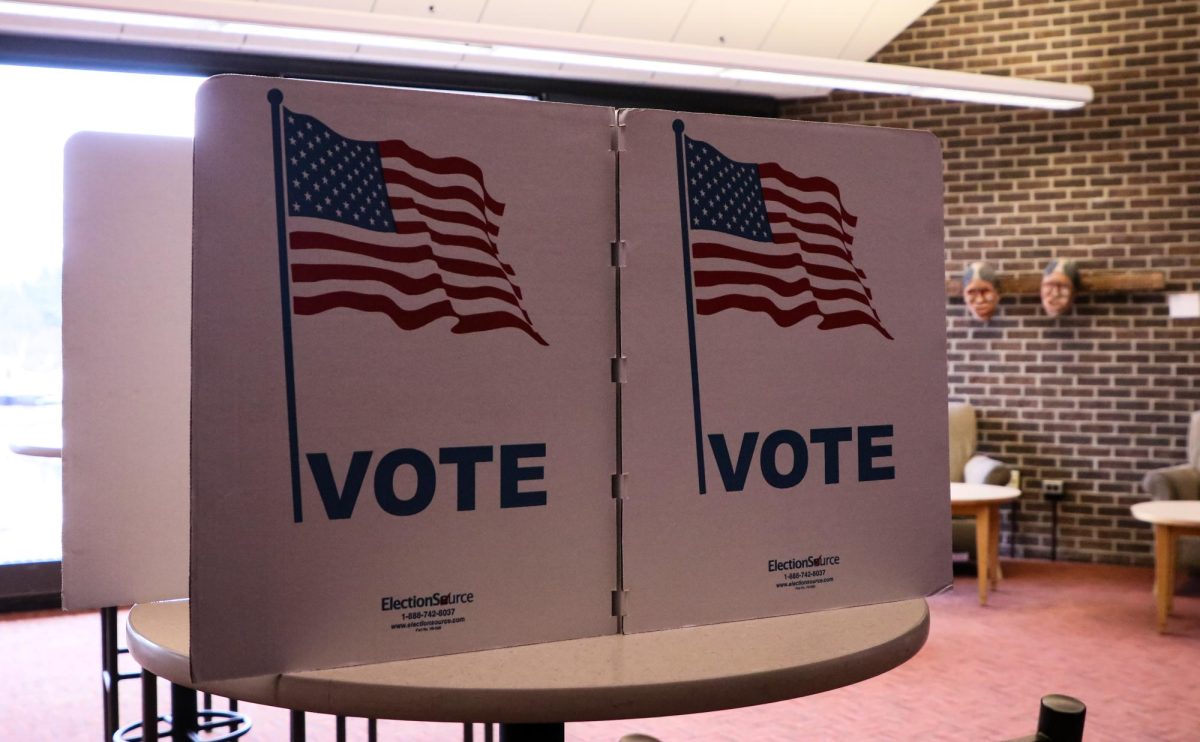Nov 8, 2015
Mohammad Bashir
Tackling
Football
It’s a crisp autumn day, the sky is
cloudless and the trees are vibrant in detail. A family sits down in the living
room. They turn on the T.V. and begin to cite prayers under their breaths. The
atmosphere is filled a keen vibe, as the anticipation increases. As the event
begins the family starts to bicker among themselves attempting to prove which
side as the superior talent. They dress in various symbols to illustrate their
loyalties and support. This scenario is a reality in many households on a
Sunday before a prominent football game in America. It portrays the unifying
element in the competitive culture and the sacredness many hold the game to.
However the strong bond between football and our culture has ultimately led
many to ignore, even lie about, its many flaws. The worship of football has
given the institution an undeserved pedestal in education and society.
Consequently there is now an epidemic of neurological consequences imposed on
the participants of the sports.
Football
is revered on all levels of play. The National Football League (N.F.L) is a
thriving network, with the average N.F.L team estimated to be worth around 2
billion Dollars (Ozanian). In addition, the average views per game is to be around
19.2 million (Bibel). These statistics represent only the sport at the
professional level; reports on college football are equally impressive, with bowl
games averaging more than 25 million spectators (2014 Report). Universities
have taken advantage of this fascination and have brought in lucrative
revenues. This has resulted in Institutions, who claim to promote academic
culture, pouring countless resources in Football programs.
The love that society places on football has
ultimately spread to academic intuitions. Universities such as Notre Dame and
University of Michigan spend upwards of a million dollars on recruitment on
sports such as Football (Jessop). These establishments are not in the
entertainment or “for-profit” industry, they are designed explicitly for higher
education. How does spending millions on a sport in anyway further an academic
agenda? In addition, there are cases where Universities find themselves
recruiting good players but poor students. A report on the University of North
Carolina, one of the country’s most prestigious public universities, found 60%
of its football and basketball athletes have reading levels between fourth and
eighth grade (Gamin). One must ask, how a school can keep its integrity if it
ultimately values a student’s athletic ability over intellectual capacity. However
it isn’t all the Universities’ fault, they are simply heading to the demand of
the fans of their institutions. Indeed, the prime culprit is society and the adoration
for football which has led to its spread into mainstream college media. In
addition to corrupting the academic landscape, it has also greatly impacted the
culture of prospective students. Many students, especially those of
lower-socioeconomic status, see football as a doorway to college. They often
prioritize their focus on the sport instead of academic exploration. These
trends calls to question the type of culture we promote in our society. While
football has led to skewed priorities in the educational landscape, it has also
proven to be phenomena which inspires the masses like no other.
Win
or Lose, a football game inspires entire populations to riot the streets either
in celebration or in complete madness. After Ohio State’s victory for the
national championship, masses of students took the streets in celebration. They
were so inspired that the campus reported settling down at 5 in the morning; in
addition to misplacing a goal post in the Stadium (Huggins). Another example
includes the famous Michigan State and University of Michigan rivalry. Both
schools have a reputation of burning couches after games as a result of wins or
losses. These acts often make headlines which result in even more celebration. Demonstrations
such as these are abundant in our society when it comes to football, however
come to be scarce when it comes to more important issues such as bank bailouts
or fruitless government shut downs. The love of football in American culture
has given it unrivaled influence in our society. Even so, many will ask “whats
the harm?” the players know the risk and have free will to do as they please,
or do they? On the contrary, as we demand and promote the game we are also
subjecting the participants to dire consequences unknown to even the players.
Injuries are a common element in
Football, so much so that we have been primed to treat injuries as
insignificant. Kyle Turly, a retired offensive linemen for the Pittsburg
Steelers, states that when he was injured many treated it as joke. Turly
reflects on the time he was knocked unconscious, he explains “They sat me down
on the bench. I remember Marshall Faulk coming up and joking with me, because
he knew that I was messed up. That’s what happens in the N.F.L: ‘Oooh. You got
effed up. Oooh.’”(Gladwell). Players are even praised as heroes for continuing to
play after an injury. An NFL team trainer, who spoke on the condition of
anonymity, told the Guardian that players have no qualms taking the field with
an injury that would otherwise keep an average person off their feet for six
weeks (Jacobs). The aftermath of such behavior sends a trickling effect
throughout the culture of the game which pushes many other pro and adolescent
players harder in the game resulting in an epidemic of detrimental behavior and
injuries.
The
N.F.L is a business and in the end its players are its assets. In order for the
assets to maintain their position they must produce. This has led many players
to develop self-destructive habits such as drug abuse. Brett Locket, a former
Safety in the N.F.L, came out and stated “There have been a lot of players that
have been addicted to painkillers, I know that for a fact.” (Katz). A report
from the scientific journal Drug and Alcohol Dependence stated that NFL players
misuse pain medication four times as often as the general population (Barr).
This makes sense as fans are drawn to players who consistently produce high
stats which result in players maintaining their jobs. The grim side of it is
that players are often pumped with painkillers to create a temporary
distraction from serious injuries which are worsened through plays. Kyle Turly has stated that the NFL often
promotes players to take painkillers in order for them to stay on the field. The
question that is placed on players is always “Can you play?” not “Should you
play?”.
This
behavior of playing through injuries has ultimately led to an epidemic of C.T.E
among football players. Chronic Traumatic Encephalopathy (CTE) is a progressive
degenerative disease of the brain found in athletes with a history of
repetitive brain trauma. It is believed to be the cause of memory loss,
depression, and dementia. The trauma triggers progressive degeneration of the
brain tissue. The critical element to note about C.T.E is that it can surface
months, even years after the latest brain trauma of an individual and can’t be
diagnosed unless a brain autopsy is a performed (“What is C.T.E”). Football
players such Kosta Karageorge and Owen Thompson are examples of college
football who committed suicide; both had a history of concussions and reported
depression before their deaths (Carlson). There is a strong indication that the
depression was caused by repeated blows to the head and ultimately forced two
otherwise healthy young men to suicide. The death of these two young men also
indicate there is no minimum age when it comes to death from C.T.E. A court
ordered investigation of the N.F.L revealed that Brain Trauma effects 1 in 3
players (Belson). That means essentially 1 in 3 players that are being
religiously watched on Sundays are being subjected to Brain Trauma and at
severe risk for C.T.E. Studies reported from the Department of Veteran Affairs
and Boston University indicate that C.T.E has been found in 96% (87 of 91) of
deceased N.F.L players in addition to 79% of all football players examined
(Breslow). That pool stretches from high school athletes to professionals. The
fact that we desire a sport whose participants are being subjected to such
neurological consequences for our entertainment is indeed a moral flaw in our
society.
The
devastating results of football on our society and its participants should be
apparent. Even so, there is little chance that the sport is going to dissipate
in the near future. However if the sport should remain, society should be
critical of certain elements of the game. For example, hits should be treated and
taken care of, not celebrated. Also fans must lobby for better regulation of
players and hold them and the industry to high standards when it comes to
playing conditions and substance abuse. We should also acknowledge re-think the
pedestal we place the sport to, should football be a doorway to education?
Should we allow it to hold the key to many of our hearts? In the end the
existence of this institution ultimately reflects the moral hypocrisy of our
society.




